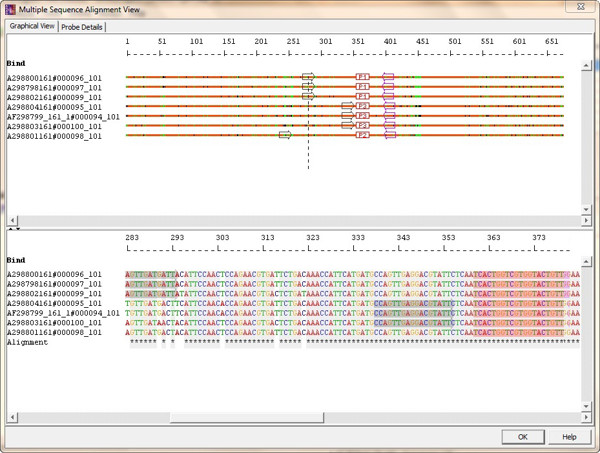
DNA hypermethylation is an epigenetic phenomenon, where a methyl (CH3) residue is added to cytosines preceding guanosines (CpGs). Epigenetic modifications change the DNA conformation and therefore the gene expression. Epigenetic modifications occur at a genomic level, which does not change the DNA sequence. It would be a major advance for the patients if a blood-based diagnostic marker was available.ĭuring the development of pancreatic cancer, genetic and epigenetic changes take place. Moreover, 10% of the population lack the ability to produce CA-19-9, making its utility less apparent. The only useful biomarker is CA-19-9, which is unspecific as patients with chronic pancreatitis and particularly benign biliary obstruction tend to express high levels of CA-19-9. However, the differentiation between malignant and benign pancreatic disease can be difficult, and even surgery may be needed to establish a definite diagnosis. Often, several complex or invasive techniques such as PET scan (positron emission tomography), CT scan (computed tomography), endoscopic or laparoscopic ultrasound and ERCP (endoscopic retrograde cholangiopancreatography) are needed for the diagnosis and many patients also need a histological evaluation. This is mainly due to lacking or non-specific symptoms, which are also related to chronic pancreatitis, an essential differential diagnosis and a known risk factor for pancreatic cancer. Difficulties in detecting the disease at an early stage results in high mortality. Despite surgery, 50% of patients experience recurrence. Unfortunately, only 10–20% of patients receive treatment with the intend to cure. The only curative treatment is complete tumour resection.


Pancreatic cancer is the fourth leading cause of cancer death in the world, with a 5-year survival rate of approximately 5–7%.


 0 kommentar(er)
0 kommentar(er)
